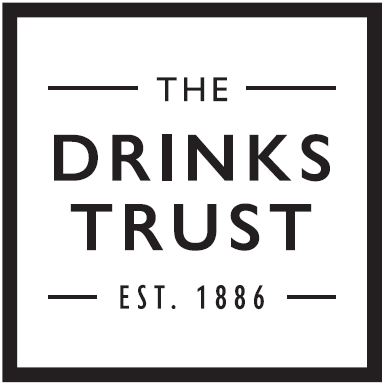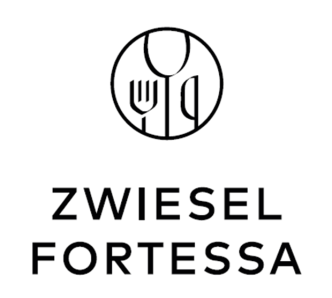The case for biodynamics is that the resulting wines are authentic, handcrafted products, cultivated with a holistic understanding of the processes in the soil, plant and barrel, and therefore better reflect their terroir.
Growing interest in biodynamic farming practices is related to two converging trends:
- Sustainability, biodiversity and respect for resources are becoming more important to consumers. Young people, above all Generations Y and Z, are placing greater value on fair and resource-conserving food production. Demeter certification is highly trusted by consumers – they voted Demeter (which represents 1,400 wineries) the most sustainable brand in Germany in a recent study commissioned by Stern magazine.
- With increasing episodes of extreme weather (rising temperatures, acute drought and heavy rainfall), vines are even more dependent on soil that is healthy and full of vitality. And this is at the core of biodynamic farming. A biodynamically farmed vineyard is a complex, individual organism in which humans, animals and plants interact in a respectful, harmonious way, they say.
Ahead of next month's Biodynamic Wine Fair in Mainz (April 27 and 28), three experts on biodynamics explain the philosophy behind it (as they understand it) and the practicalities of converting to this farming method.
These experts are:
- Johannes Bastek from the biodynamic research centre in Darmstadt, in southwest Germany. He is responsible for biodynamic fertiliser preparations and spraying techniques. His work, he says, involves producing “biodynamic preparations that help farmers, gardeners and winemakers make their work more efficient and manageable. On one hand, for farms transitioning to biodynamic practices or those that are currently unable to produce these preparations themselves, and, on the other hand, for our research and projects”.
- Jo Pfisterer, an oenologist from Alois Lageder winery in Italy’s Alto Adige. Since 2004, Alois Lageder winery has cultivated 30 different grape varieties biodynamically over 55 hectares.
- Hannes Hoffmann – winemaker and owner of roterfaden winery, which he operates with his wife Olympia Samara in Vaihingen an der Enz, in southern Germany. Since its foundation, they have consistently focused on biodynamic, natural and environmentally-friendly farming methods including regenerative practices.
What is the core philosophy of biodynamic viticulture for you, and how does it differ from purely organic farming?
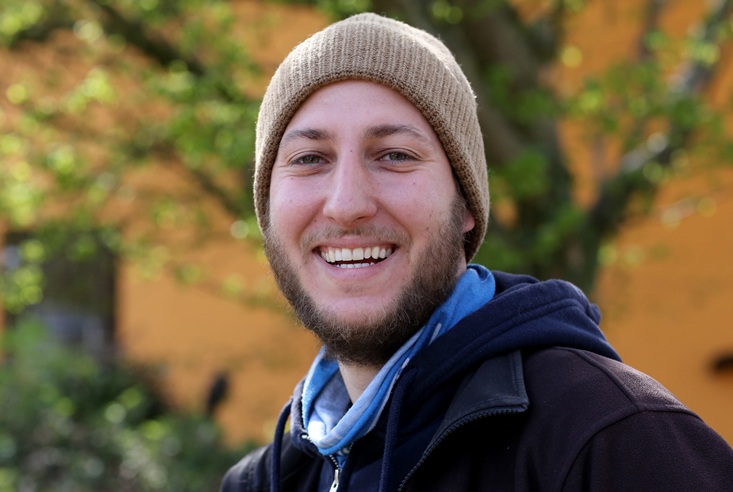
Bastek: “In the biodynamic context, we often talk about cycles or the organism. It’s the concept of ‘agricultural individuality’. The idea behind it is that agriculture (the farm) creates or produces everything it needs from within itself. Furthermore, it’s about an encounter with this agricultural individuality – the place, the soil, the farm. How strongly each individual farm implements this is up to them.
“A farm (agriculture) is divided into different areas, one of which is viticulture. Additionally, there are areas like fruit cultivation, animal husbandry with feed production, vegetable farming and crop farming. The animal is central to biodynamic farming, both for fertilization purposes and as a living being that imparts quality to the landscape and, subsequently, to the products. That’s the idea behind it.
“For me, the differences between organic and biodynamic farming are, on one hand, the preparations and, through them, a mindful engagement with the place and the farm. On the other hand, in the cellar, only spontaneous fermentation is allowed in a biodynamic winery.
“In biodynamic farming the focus is on the whole system, which doesn’t mean there aren't organic farms doing this as well, but that’s the underlying idea.”
The Alois Lageder winery is known for its biodynamic vineyard management. What concrete measures do you implement in the vineyard and cellar to realise these principles?
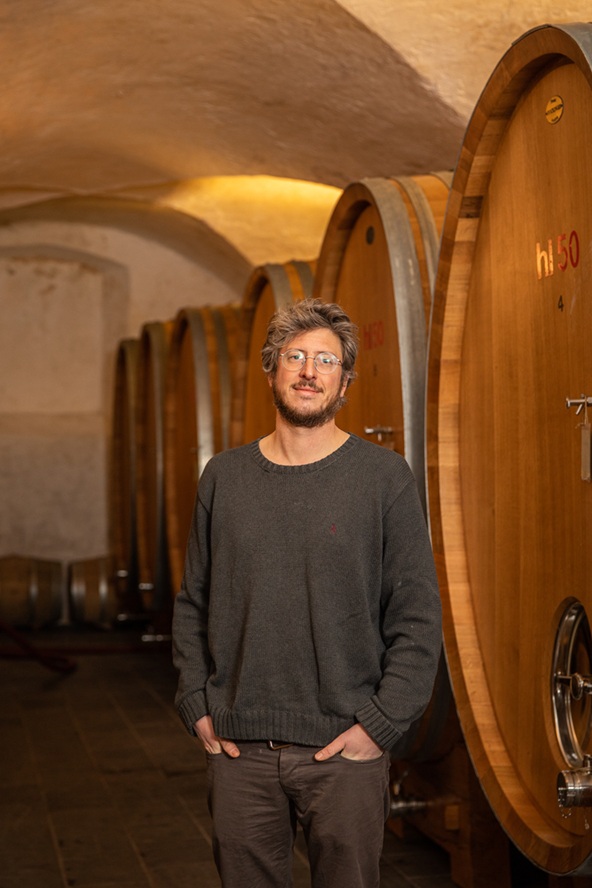
Pfisterer: “Since our winery is in Alto Adige, our guideline is the Italian Demeter Standard, which provides us with a framework. Within this framework, I believe it is very important to find an individual approach to the biodynamic method.
“Concrete measures for our outside operations certainly include biodynamic composting, which we continuously develop and introduce to the operations of our winemaker partners. The preparations, which we partly produce ourselves and partly source from a collaboration with ARGE (Association for Biodynamic Agriculture Bozen-Trient VFG), are central to the work in the vineyards and other agricultural areas. We have also integrated the element of animals into our external operations. With an ox herd that is spread across three locations in our vineyards during the winter and in the alpine pastures in summer, we are taking a small step toward the ideal of a circular economy.”
Which biodynamic preparations are particularly important, and what role do they play in the health of the vineyard?
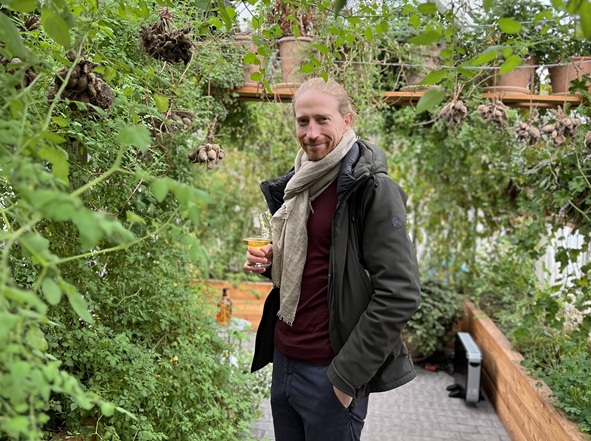
Hoffmann: “The preparations work best in combination, which is why the use of all the preparations is important and meaningful. In viticulture, we work not only with horn manure and horn silica but also with so-called ‘collective preparations’ (usually manure preparation and 500P Prepared Horn Manure), which include the classic compost preparations.”
Bastek: “With the spray preparations of horn manure and horn silica, we can directly support the growth processes and health of the plants through the soil. Especially in viticulture, as a perennial crop, the positive effects of the preparations have become very evident in recent years. Research has provided some exciting results, showing that after transitioning to biodynamic practices, the vineyard shows significantly improved soil composition, which naturally also positively influences plant health.”
What were the biggest challenges in transitioning to biodynamic viticulture, and how did you overcome them?
Hoffmann: “In viticulture, or in any specialty crop, the greatest challenge is achieving the farm organism. Since most such farms often don't have animals (ruminants), it is difficult to close the cycle. Cooperating with traditional mixed farms and promoting diversity and biodiversity on our land helps us towards achieving this goal.”
How does biodynamics affect the taste and quality of the wine compared to conventional methods?
Hoffmann: “By adopting biodynamic methods, we aim to make our soils and plants more resilient. Only when the soil and the entire vineyard are diverse can we produce lively, individual grapes and wines that are resilient, complex and reflect their origin.”
Are fungus-resistant PIWI varieties a topic for you at the Alois Lageder Winery?
Pfisterer: “Especially recently, this topic has been growing. We see PIWIs as an important component of a more sustainable viticulture. They are part of a larger picture, a building block. How large this building block will be within the overall structure will become clearer over time, in my opinion.
“It is already clear that many of these new varieties can do more than just produce basic entry-level wines, as long as they are planted on sites that are suitable for viticulture, rather than only becoming a winegrowing location through PIWI varieties. They must also be tested in good or even very good sites. Only then can their potential be seriously and comprehensively assessed. If the results are right, demand will follow. Furthermore, the varieties will position themselves qualitatively, alongside their more sustainable production.”
Climate change is affecting viticulture. What challenges and opportunities do you see for biodynamic viticulture in South Tyrol in the coming years? Will more winemakers have to choose a nature-oriented approach?
Pfisterer: “In general, I think that viticulture must look more critically at itself, moving beyond its separate perception, and I can certainly imagine that this could mean a shift in management practices for some.
“The opportunity of biodynamic viticulture, in my opinion, classically lies in the qualitative improvement of the soils – both in terms of microbial diversity as well as water and nutrient storage capacity, which makes them more resilient. But also in strengthening a more complex ecosystem in the vineyards, where higher biodiversity prevails, ultimately benefiting the vines, and in striving for the principle of a resource-conserving circular economy. All of these are important aspects at the heart of biodynamics, which should play a key role in climate change and adaptation to it.”
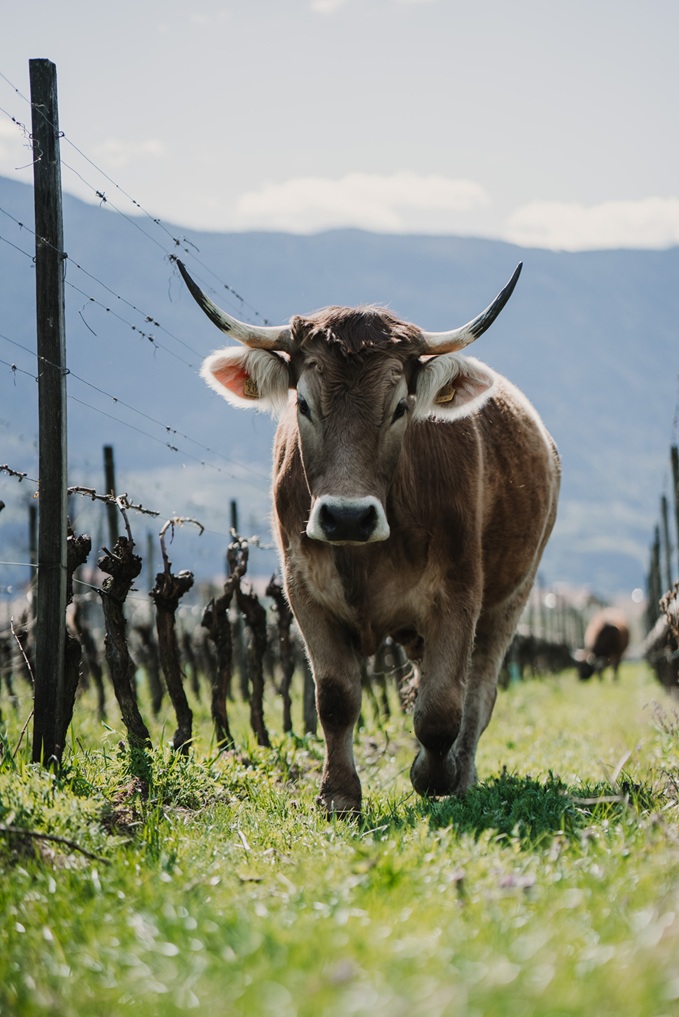
What advice would you give to winemakers who want to transition to biodynamic viticulture? What initial steps do you think are particularly important?
Hoffmann: “Often, it is recommended to simply try things out. People can see the differences in their vineyards and taste them themselves. Nearly every time I receive feedback after a transition, winemakers say they can no longer imagine working in any other way.”
Pfisterer: “One shouldn’t be discouraged. The method is based on some very complex theories, which can be challenging to understand and may not always need to be fully applied. But at the same time, being a farmer involves not just physical, hard labour, but also intellectual work. I think it’s important to start doing it and then gradually, at your own pace, go from the surface to the deeper aspects and give yourself time. Observation plays a central role in this process.
“I would start by applying the biodynamic method to one aspect, such as the life in my soil, and observe: how was it before, and how does it change? Does anything change at all? Am I simply not noticing it? How do I observe? On what level? After some time, one will begin to make connections, for example, between soil life and plant growth. You’ll start incorporating more aspects and, as a result, grow qualitatively, forming a closer connection with the land you cultivate. At the same time, you develop your own individual approach and relationship with biodynamics.”
This year, the Biodynamic Wine Fair will take place for the second time. Do you see this repetition as a positive step towards a globally more sustainable viticulture? Is there a message that this fair should send to both winemakers and consumers?
Pfisterer: “When Hannes Hoffmann contacted me and told me about the Biodynamic Wine Fair, I was especially pleased to hear that it’s not an event that is exclusive to a particular association, but rather an open gesture towards all associations involved in biodynamics. More exchange is needed and less defining oneself by distancing oneself from others. The message should instead be one of coming together, to collectively move viticulture towards a more sustainable environment.”
During the Biodynamic Wine Fair, Pfisterer will discuss what biodynamic farming looks like in practice, while Bastek will discuss the practicalities of the preparations used to strengthen and protect vines.
Dr Georg Meissner, who teaches at Geisenheim University, supervises numerous wineries on their path to biodynamic cultivation and produces wine himself in Roussillon, will share his latest findings in a lecture at the fair.
The fair itself has attracted more than 70 biodynamic wineries from Germany, France, Italy, Austria, Spain and Chile. These include Bianka & Daniel Schmitt, Dominikanerweingut Nell-Breuning, Gustavshof, Alexander Gysler, Rieger, roterfaden, Schönhals, Eymann and Alois Lageder.
It runs at the same time as the VDP Weinbörse fair in Mainz’s Rheingoldhalle, which is within walking distance of the Biodynamic Wine Fair’s location at the Alte Postlager.
More information about the Biodynamic Wine Fair and a list of all the exhibitors can be found here.



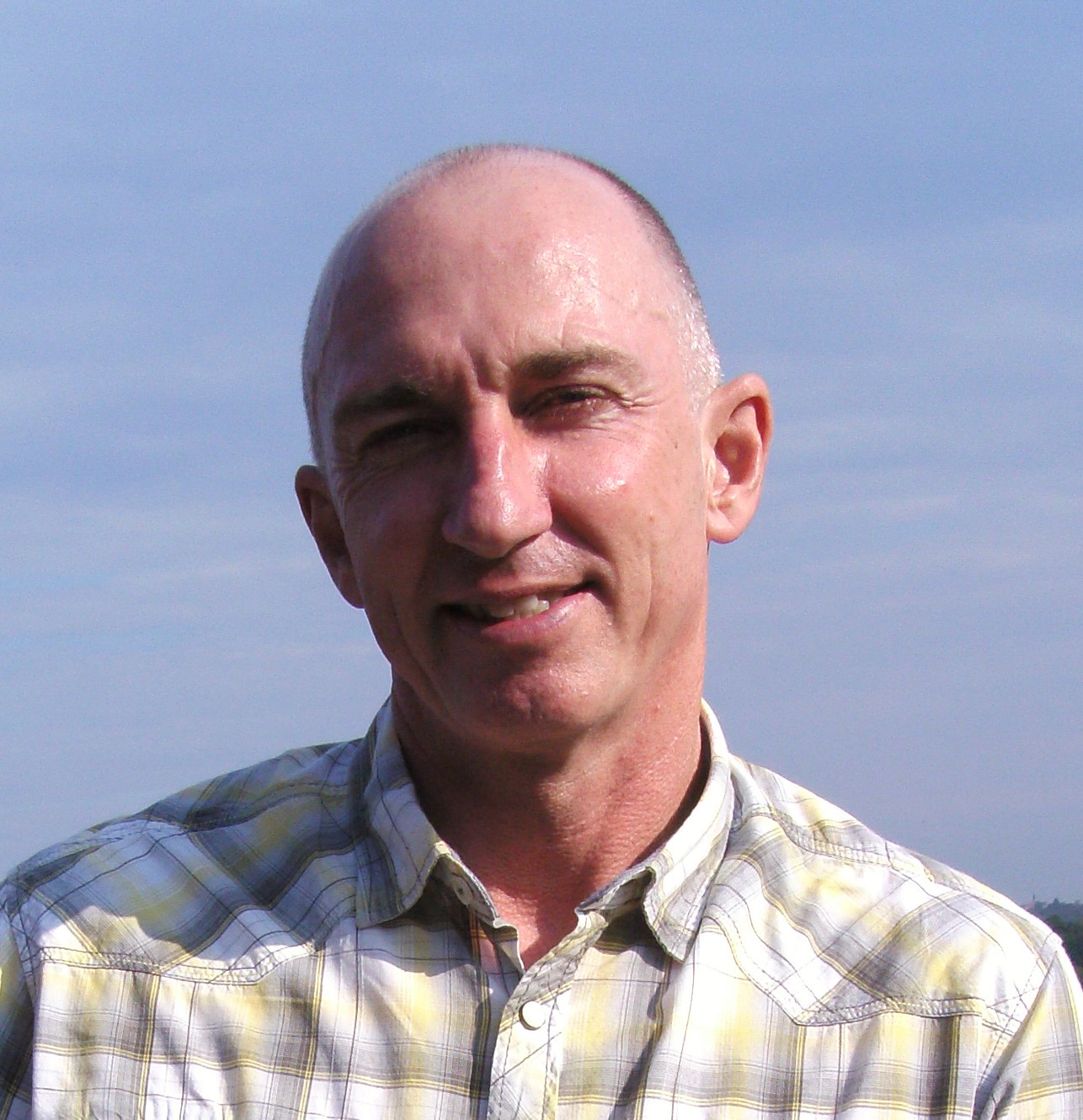



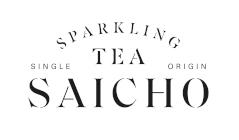





.png)

